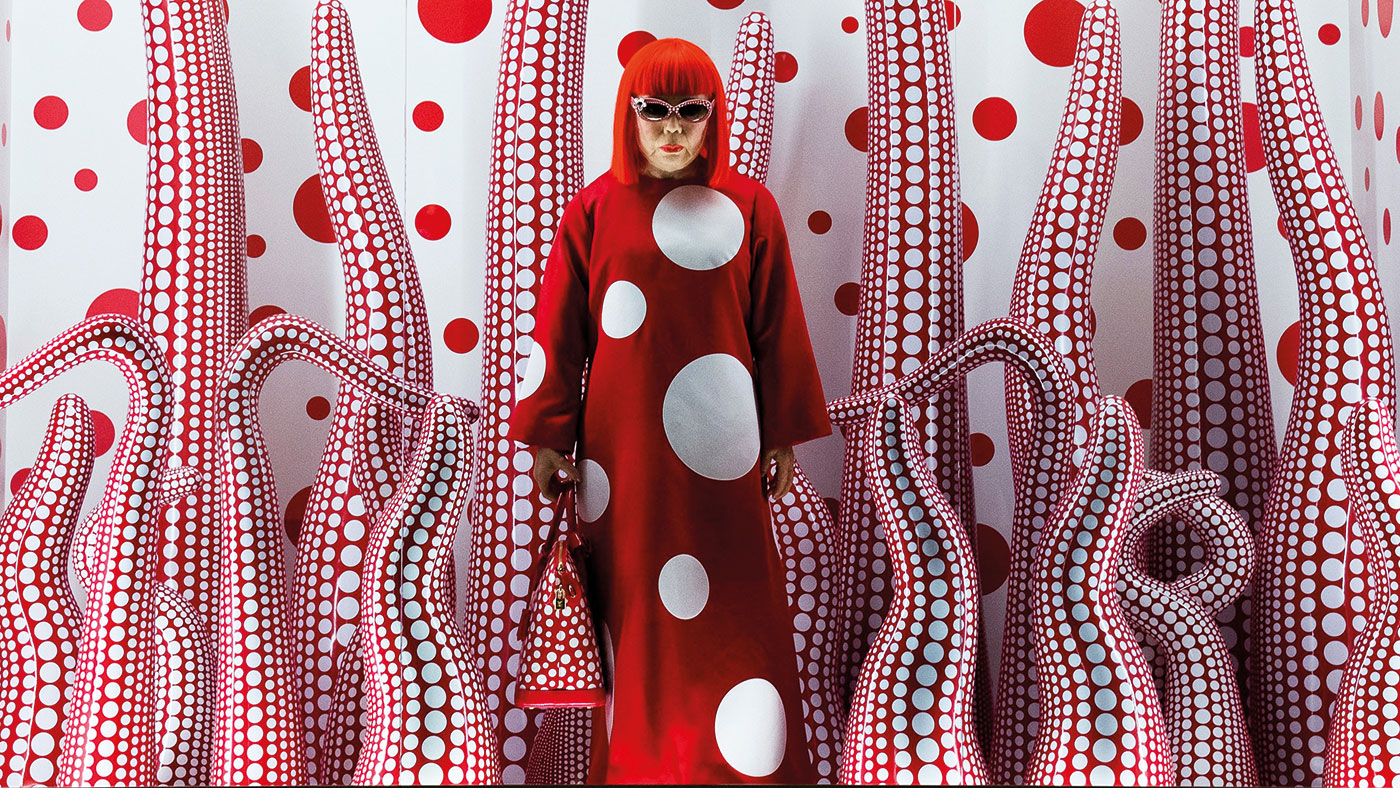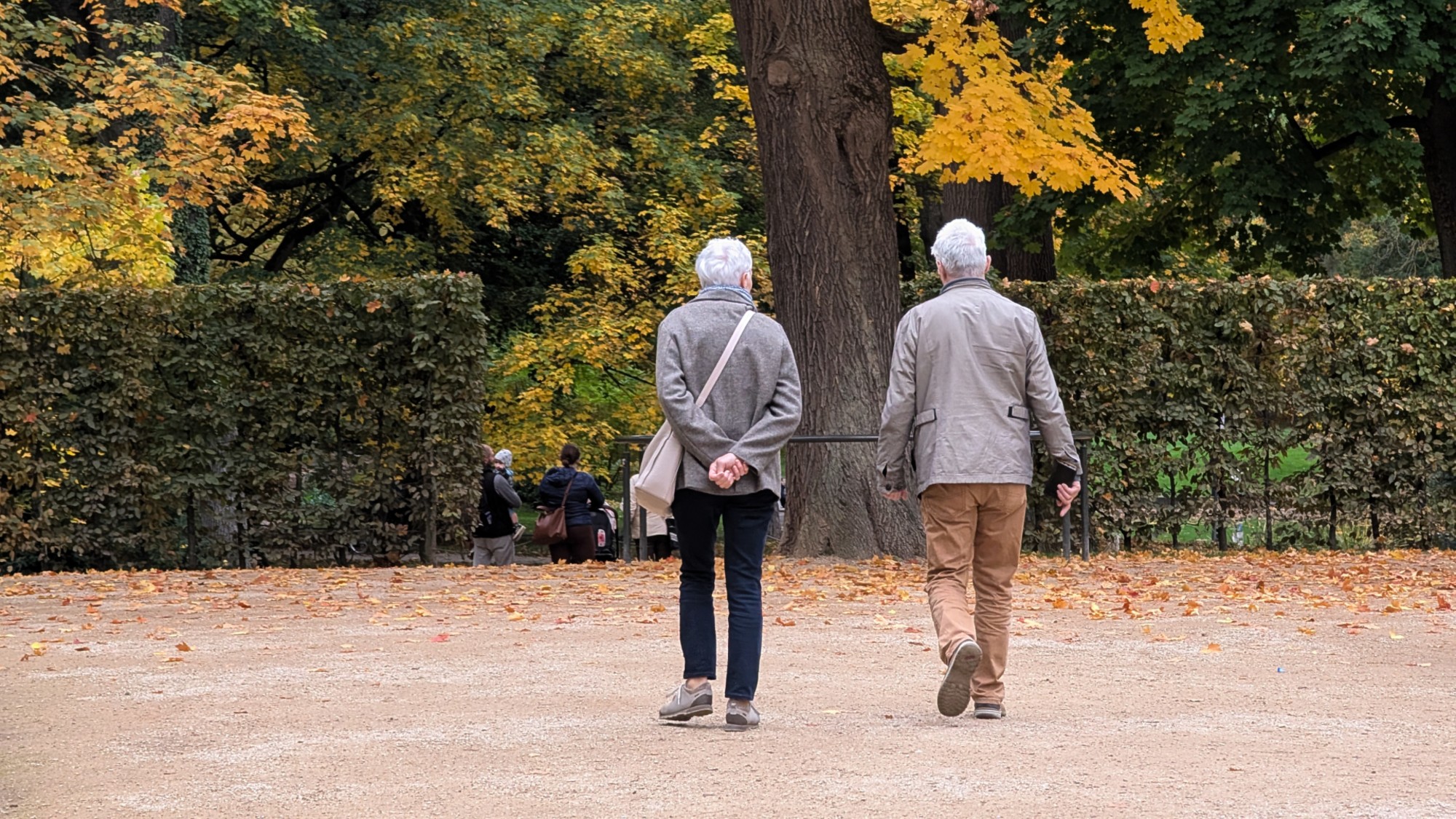Why you should invest in female artists
Art made by women is where the value is, and prices are starting to rise


Move over Jeff Koons and David Hockney. When it comes to making money from investing in art, it’s female artists who are in the frame. Is that overstating things a bit? Koons and Hockney are both big names, who continue to attract big prices. Just look at Koons’ Rabbit, which sold for $91.1m (£74.7m) in May – a smidgeon more than the $90.3m Hockney’s Portrait of an Artist fetched last November. Both of those sums set the record for the most paid for an artwork at auction by a living artist – and both Koons and Hockney are, of course, male. But on the whole, it’s works by post-war female artists that are appreciating at the fastest rate, according to Sotheby’s Mei Moses indices, which track the repeat-sale prices of 60,000 artworks.
The Sotheby’s study found that the All Art-Female (AAF) index, which comprises 2,472 repeat sales by 499 female artists, rose by 72.9% between 2012 and 2018. That compares with just 8.3% for the All Art-Male (AAM) index, which is made up of 55,706 repeat sales by 8,477 male artists. “This is in contrast to the previous 50 years in which the resale markets for both male and female artists performed roughly in parallel (albeit at different volumes),” says Michael Klein, head of Sotheby’s Mei Moses. Break the data down to show works by just contemporary female artists (as opposed to all female artists) and resale prices have risen by 87.7% in those six years. (For non-contemporary female artists the figure is 30.7%.)
The Week
Escape your echo chamber. Get the facts behind the news, plus analysis from multiple perspectives.

Sign up for The Week's Free Newsletters
From our morning news briefing to a weekly Good News Newsletter, get the best of The Week delivered directly to your inbox.
From our morning news briefing to a weekly Good News Newsletter, get the best of The Week delivered directly to your inbox.
Works by men do still make up 90% of the market by volume and 93% by value, and that hasn’t changed in the past decade, notes Klein. But that might change. One big reason for this is simply that work by women has been overlooked for so long – the pool of “undiscovered talent” is therefore deeper. When the supply of works by artists such as Jackson Pollock or Willem de Kooning are exhausted, the spotlight tends to widen to include related works by undervalued female contemporaries such as Joan Mitchell and Helen Frankenthaler. “The median compound annual returns (CARs) for works by Mitchell and Frankenthaler… resold at auction between 2014 and 2018 were 14.7% and 10.9% respectively,” says Klein. For Willem de Kooning and Pollock, the figures were 7.8% and 6.5% respectively.
Women still lag the field
Economist Clare McAndrew sounds a note of caution, however. She points to the disparity of sample sizes used by the AAF and AAM indices mentioned above. “It’s really difficult for women to make it into the secondary auction market in the first place,” McAndrew tells CNN. “So there’s a huge bias in this data – the women it’s looking at are the really successful ones.” Klein disagrees, telling CNN that McAndrew’s objections don’t explain “why the indices tracked together closely for so long before diverging”. But it’s true that a few women have become phenomenally successful in recent years, not least Jenny Saville, whose 1992 portrait Propped sold for £9.5m last October – the most paid for an artwork by a living female artist.
Then there’s Japanese artist Yayoi Kusama (pictured), who has risen almost to brand-name status. And yet, even with Saville and Kusama, the prices paid for their works still lag those of, say, Koons and Hockney by some way. Whether they still will over the next decade remains to be seen. But they have quite some catching up to do.
A free daily email with the biggest news stories of the day – and the best features from TheWeek.com
This article was originally published in MoneyWeek


